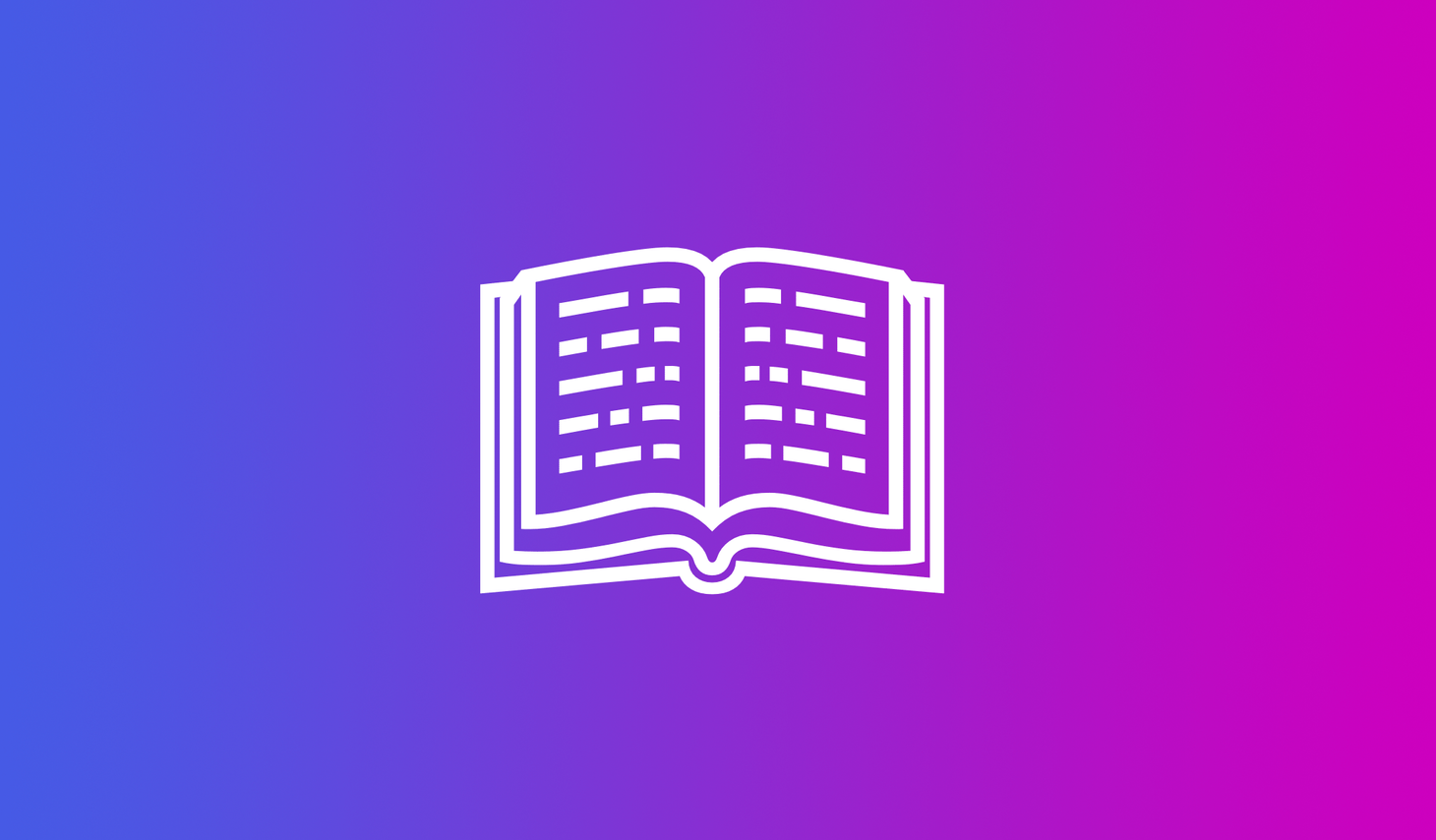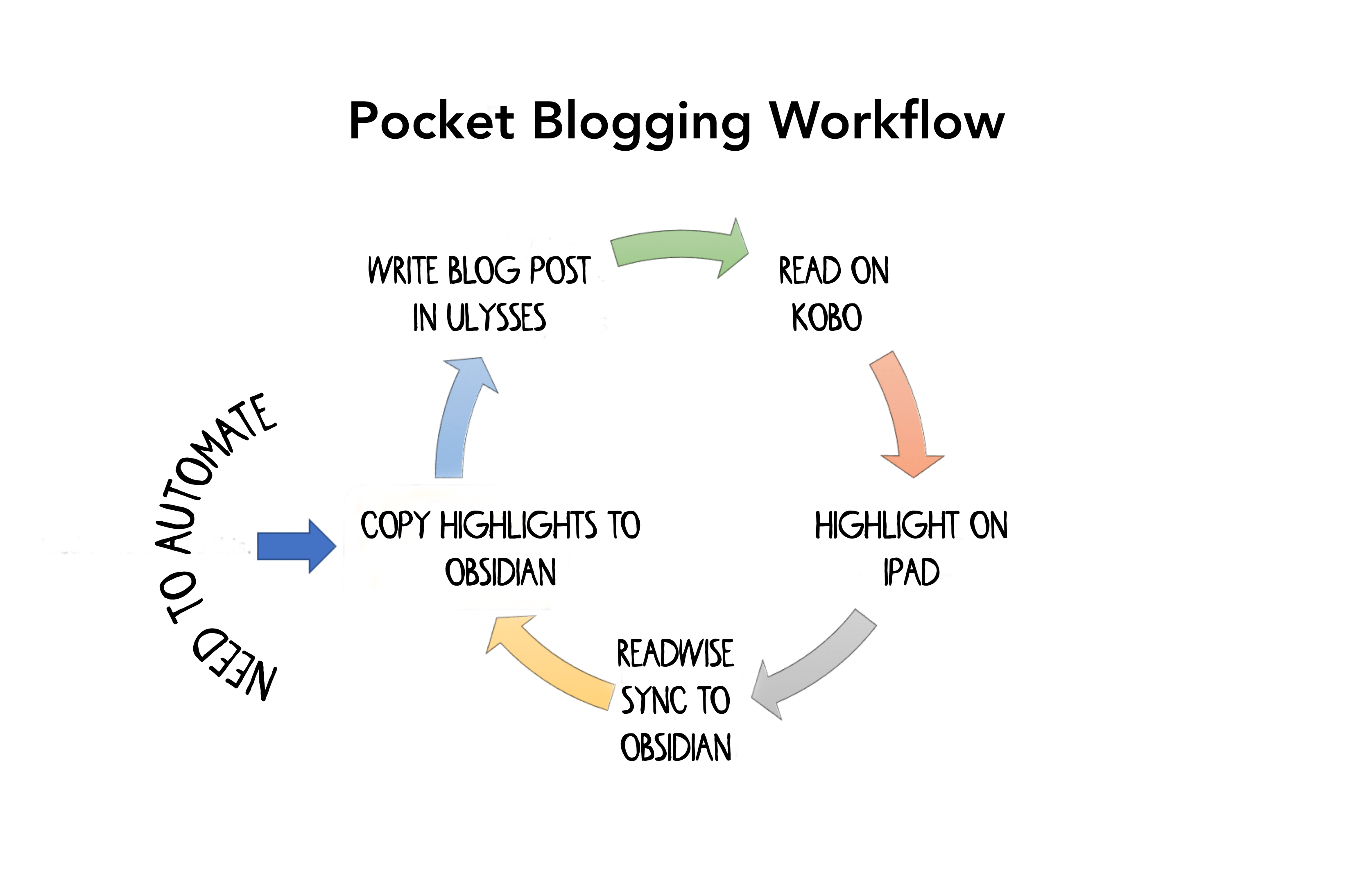Reading It Later
Settling on an app to actively consume web content on an ereader.

I have a Kobo Libra 2 ereader, and it’s one of my favorite devices. Of course, it is used for reading books, but I spend just as much time reading articles saved from the internet. I find I have a much greater capacity for reading long materials passed from the internet on an e-ink device. I’m using Pocket as my read-it-later service, and it syncs well with the Kobo. It’s a 2-way sync, so you can favorite and archive articles from the device.
Other read-it-later services, such as Instapaper and Matter, have a 1-way push to the Kindle, but anything you do on the Kindle does not sync back to the service. While a 2-way sync is intrinsically superior to a 1-way sync, how the sync fits within your workflow determines how much more useful it is. In my case, I mainly use the 2-way Pocket sync on my Kobo to sync favorites back to the service, so I can go back to them on an iOS device and make highlights from there — something you cannot do on the Kobo. Readwise (I’m on a free trial of that service) syncs the highlighted passages and other metadata from Pocket to Obsidian. I pull article information from Obsidian into Ulysses to write about it. I’m doing that part manually. I don’t yet have it automated, like Matt Bircher.

Highlights
Although my workflow is okay, it’s a bit more manual than I would like. It would be much easier, for example, if I could highlight article passages on my Kobo and have them automatically sync to Obsidian, as I can do with books. Since I have to go back to my iOS devices to create highlights, the 2-way sync is of somewhat limited usefulness, in my case. It is hardly superior to the 1-way push from Instapaper or Matter to the Kindle, where I have to go back to my iOS device for article management, anyway.
Where Instapaper and Matter end up being superior to Pocket is in the management of highlights. Through a third party service like Readwise — that has a non-trivial monthly subscription fee — Pocket has decent highlights management. On its own, extracting highlights from the service is difficult. From the web interface, you can only copy a link to the article from the highlight. Inexplicably, there is no way to pull out highlights without going through a standard copy and paste, which makes the usefulness of highlights themselves low. On iOS, you can extract the highlights through the share button, but not many programs can accept the output and most only show a link to the article. Ulysses, for instance, only occasionally captures the quote. I would love to see the folks behind Pocket come up with better options for highlight export. Perhaps even an image you can share on your blog or social media, like many other services, such as Glasp or Matter, would be nice.
Unfortunately, I have low confidence in the ongoing development of Pocket. The “what’s new” section of their web app has not been updated for almost a year. Their parent company, Moz://a, is consistently in financial trouble. Theoretically, Pocket as a revenue stream should help, but their pay tier offerings have very little value add. I’m at a loss for what $5 a month gets you over the free tier, except more than 3 highlights per article, additional fonts and tag suggestions. I find 3 highlights per article to be plenty for most pieces, I’m fine with the Graphik font, and I can create my own tag taxonomy. One of the tags I use is an @[name] tag to remember where I found the link, so I can provide proper attribution if I write about the piece on my blog. I doubt Pocket is going to suggest tags that would fit in such a custom system.
Matter
In contrast to the slow pace of Pocket development, Matter has been aggressively improving their app. They just launched version 2.0, in what, I believe, is less than a year after the original 1.0 release. Version numbers don’t necessarily convey the pace of change, but in this case, the application was redesigned for the second release. The first version of the app was frequently criticized for being too cluttered. Matter 2.0 removed the social experience, which is better left up to dedicated social media platforms, and received a largely positive response from users.
Matter is based on the premise that the modern reading economy is being constructed by individual writers rather than aggregates of writers brought together by publications. So, it builds in what is essentially an RSS reader for blogs and newsletters, based around writers. The creators are betting that the kind of app will become increasingly necessary in a fragmented reading environment.
Still, we can predict a few things with confidence: The supply of great content will continue to rise (and nichify), attention will always be scarce, and the returns to making good decisions about what to read will remain high — and indeed, increase — over time.
The paradigm seems to work fairly well, with the writers you would expect being recognized by the system and made easy to follow and more writers being added all the time.
Ereaders
Coming back to the reading experience on an ereader, Matter lets you push articles individually to Kindle. The feature assumes that you don’t want to automatically sync all of your saved articles to your ereader. It also assumes that you don’t necessarily want to send all the articles in your inbox to your ereader (like Instapaper does). While the Pocket/Kobo integration is smart enough not to send things like videos or articles that can’t be parsed to the Kobo, you still get everything else, which can be a plus or minus, depending on your workflow.
I might be ready to dive further into the Matter ecosystem as a forward-looking alternative to Pocket, but am I prepared to get back into the world of Amazon reading with the Kindle? Despite my strong feelings toward Amazon, I’m considering it. I’m glad I’ve got an old Kindle to try a new process on, so I don’t have to jump in without seeing what this looks like.
Treasure Hoard
Join the newsletter to receive posts in your inbox.


